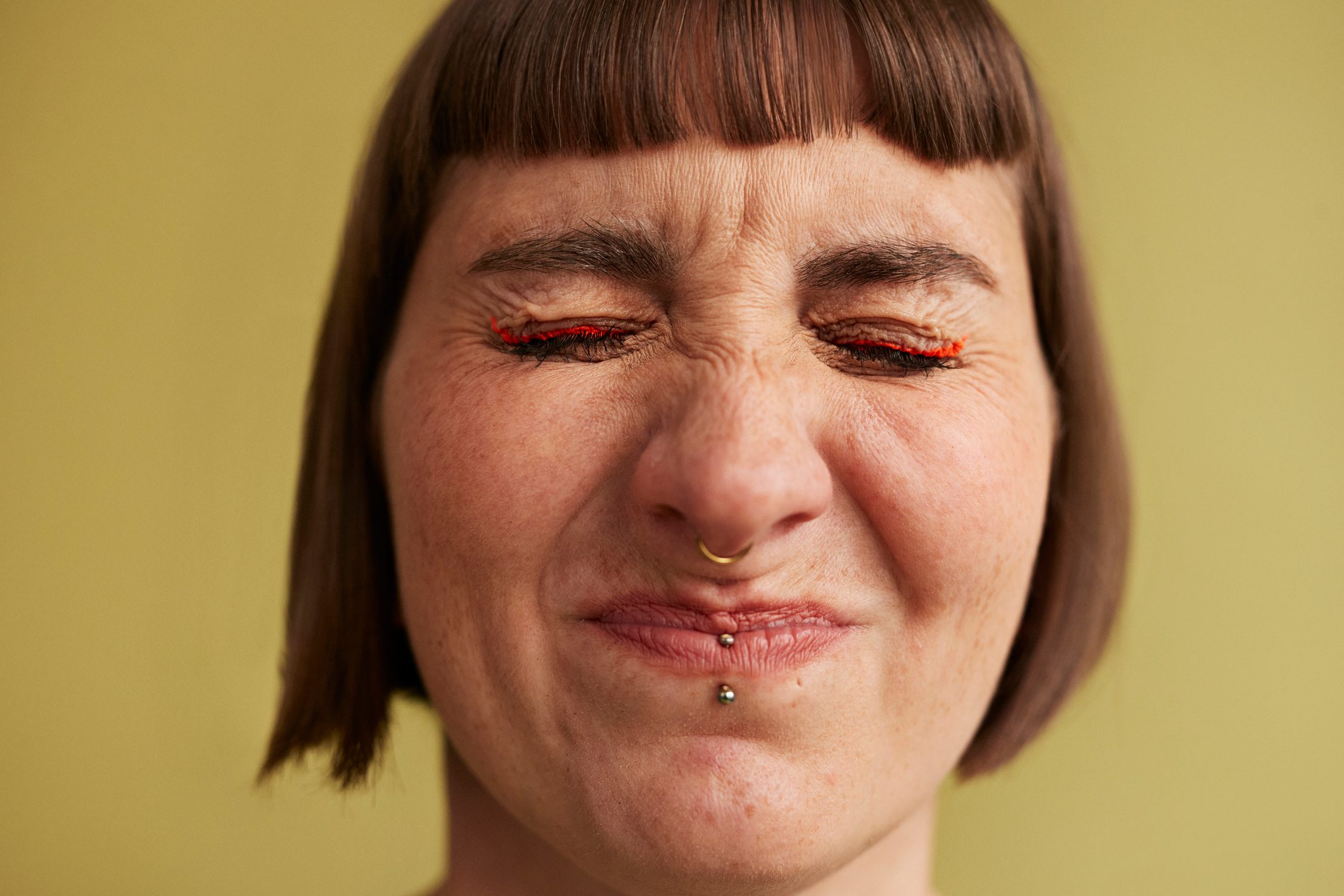Smells like scientific progress: Millions may soon follow their noses to simpler diagnosis. Here's the rough age when memory started to turn.

Testing This Sense Could Detect Alzheimer’s Early On, Says New Research

Nearly 7 million Americans age 65 and older have been diagnosed with Alzheimer’s disease and other dementias, a number that the Alzheimer’s Association projects will double by 2050. Unfortunately, there’s still no cure for the condition. This makes early detection and treatment vital, as medications can slow its progression.
As if the emotional journey for the patient and their loved ones isn’t overwhelming enough, current testing for Alzheimer’s disease requires several steps that can be taxing, notes the Mayo Clinic, such as:
- Cognitive testing, including tests for memory and problem-solving
- Lab tests, including blood work and sometimes a lumbar puncture (a procedure during which a needle is inserted in the lower back near the spine)
- Brain-imaging tests, such as an MRI or CT
- Interviews with family and friends
Now, with continued scientific investigation, neurology researchers at Massachusetts General Hospital may have developed a possible new way for patients to be diagnosed non-invasively, and right at home: With a smell test.
Why smell? Consider how a whiff of the perfume an old love wore sparks a strong sense of nostalgia—it activates a brain pathway between the nose and memory. A Scientific American article summed it up like this: “Your olfactory bulb [the part of the brain that processes smell] runs from your nose to the base of your brain and has direct connections to your amygdala (the area of the brain responsible for processing emotion) and to your hippocampus (an area linked to memory and cognition).”
With that in mind, researchers at Massachusetts General Hospital set out to find a “cost-effective, noninvasive screening” option to help diagnose Alzheimer’s. Publishing the details of their study in the rigorously vetted journal Scientific Reports in March 2025, they created and tested an “at-home odor identification, discrimination, memory, and intensity assessment” that they aptly named the AROMHA Brain Health Test (ABHT).
Their study included 180 English and Spanish-speaking participants between 20 and 92 years old, from 21 U.S. states and Puerto Rico. Of this group, 127 were grouped as “cognitively normal,” 34 had subjective cognitive complaints (which the authors explain means these individuals self-reported some perceived memory problems), and 19 had been diagnosed with mild cognitive impairment.
To each participant, the researchers sent an envelope of five single-use cards that contained 15 different scents participants could smell via peel-and-sniff labels. Following instructions provided on an app, the participants, who self-administered the test, smelled each odor and then selected a choice from a list of four scents. Then, they shared how confident they were in their choice by selecting one of the following answers: “I Guessed,” “I Narrowed Down to Three,” “I Narrowed Down to Two,” or “I Am Certain.”
Ultimately, the research team made a few discoveries:
- Test scores decreased as age increased.
- On average, the lowest scores for olfactory identification and discrimination occurred among participants with diagnosed mild cognitive impairment.
- Differences in language (English vs. Spanish), gender, and education generally did not appear to influence results.
- The trend appeared to be particularly observable among participants older than 55 years.
Though more research is needed, these findings indicate that a smell test could help detect Alzheimer’s disease. The researchers noted, “Replication of our results in other populations would support the use of [the AROMHA] to identify and monitor individuals at risk for developing dementia.”
While it’s unlikely a sniff test could replace the clinical battery of testing for Alzheimer’s, a tool such as the AROMHA may provide some complement to how Alzheimer’s is diagnosed. If further developed, a peel-and-sniff test for Alzheimer’s dementia could help provide a heads-up on the disease—and make for a more pleasant way for the patient to undergo testing.
For daily wellness updates, subscribe to The Healthy by Reader’s Digest newsletter and follow The Healthy on Facebook and Instagram. Keep reading:
- This “Healthy” Diet May Actually Age You Faster, Says New Research
- A Simple New Test Is Identifying Up to 100% of Early-Stage Cancer Cases
- Here’s How Long a Hug Needs to Last to Soothe Your Nervous System, Says Science
- Researchers Just Found That Your Gut Could Help Diagnose a Seemingly Unconnected Cancer



















